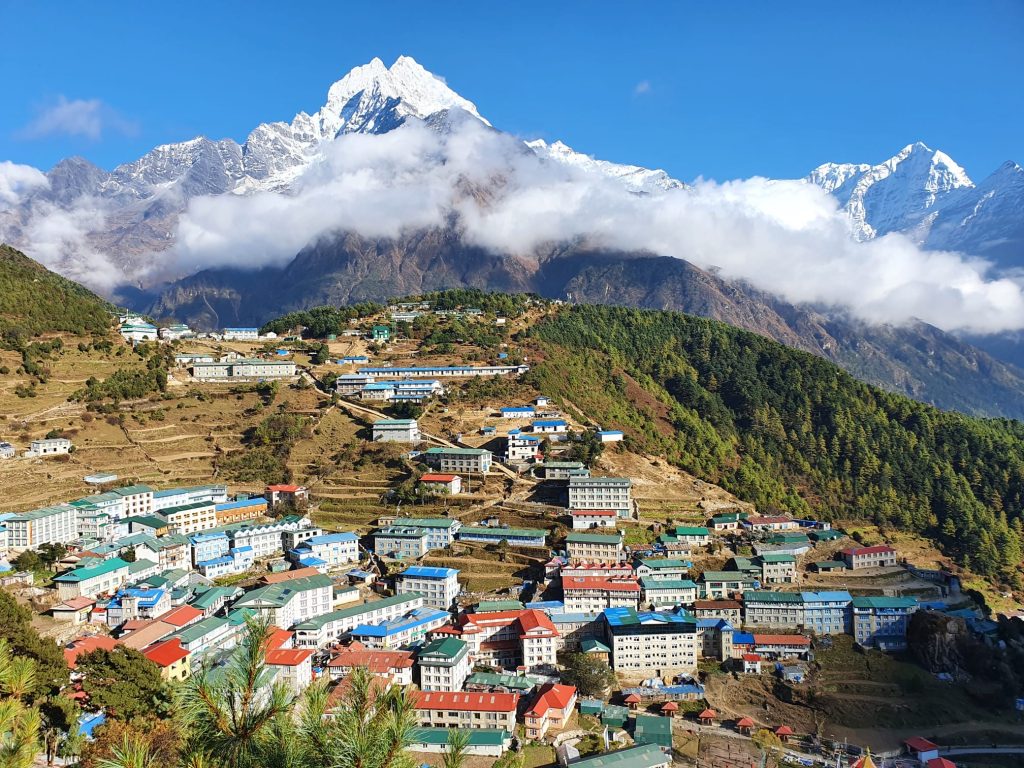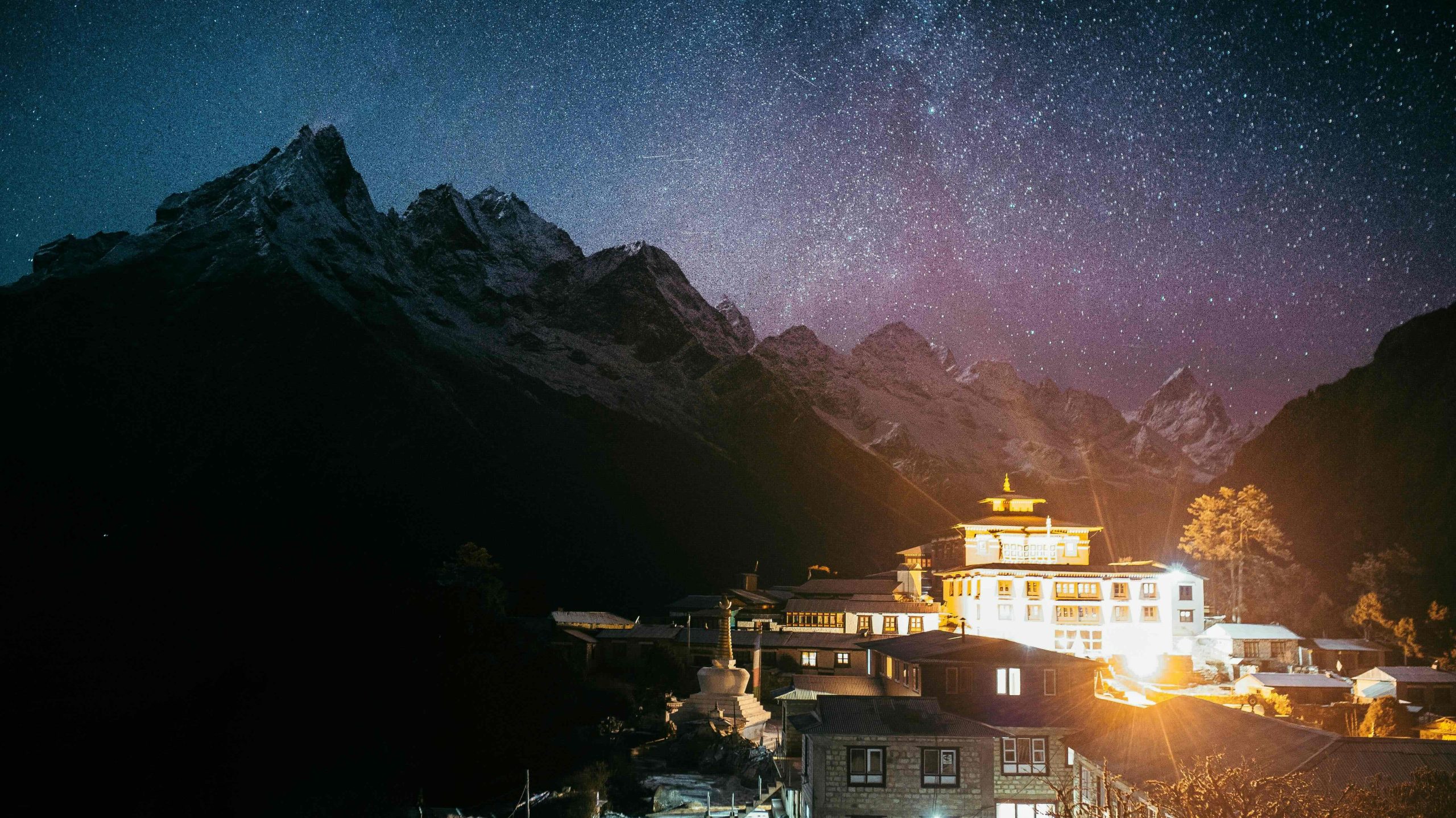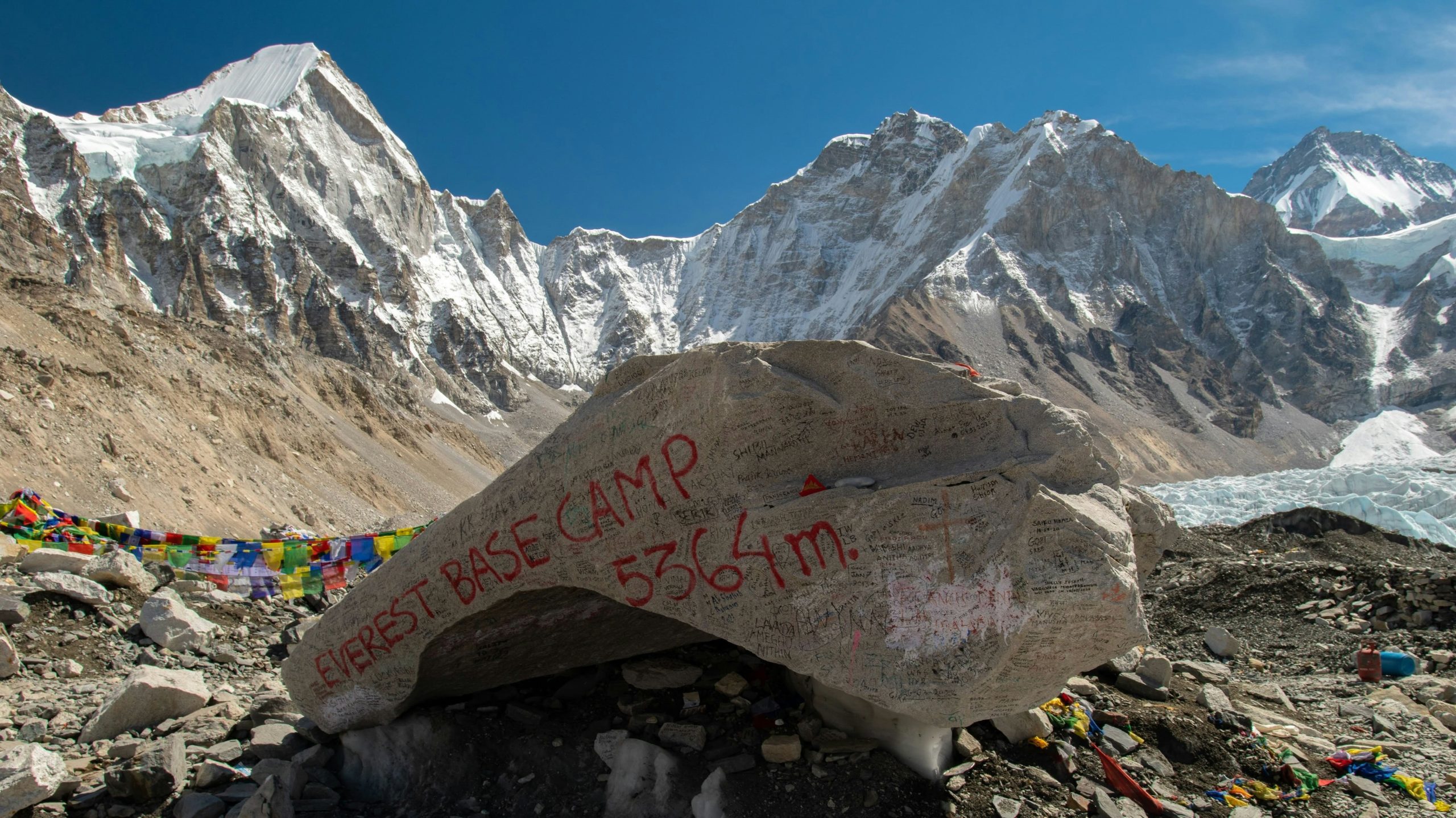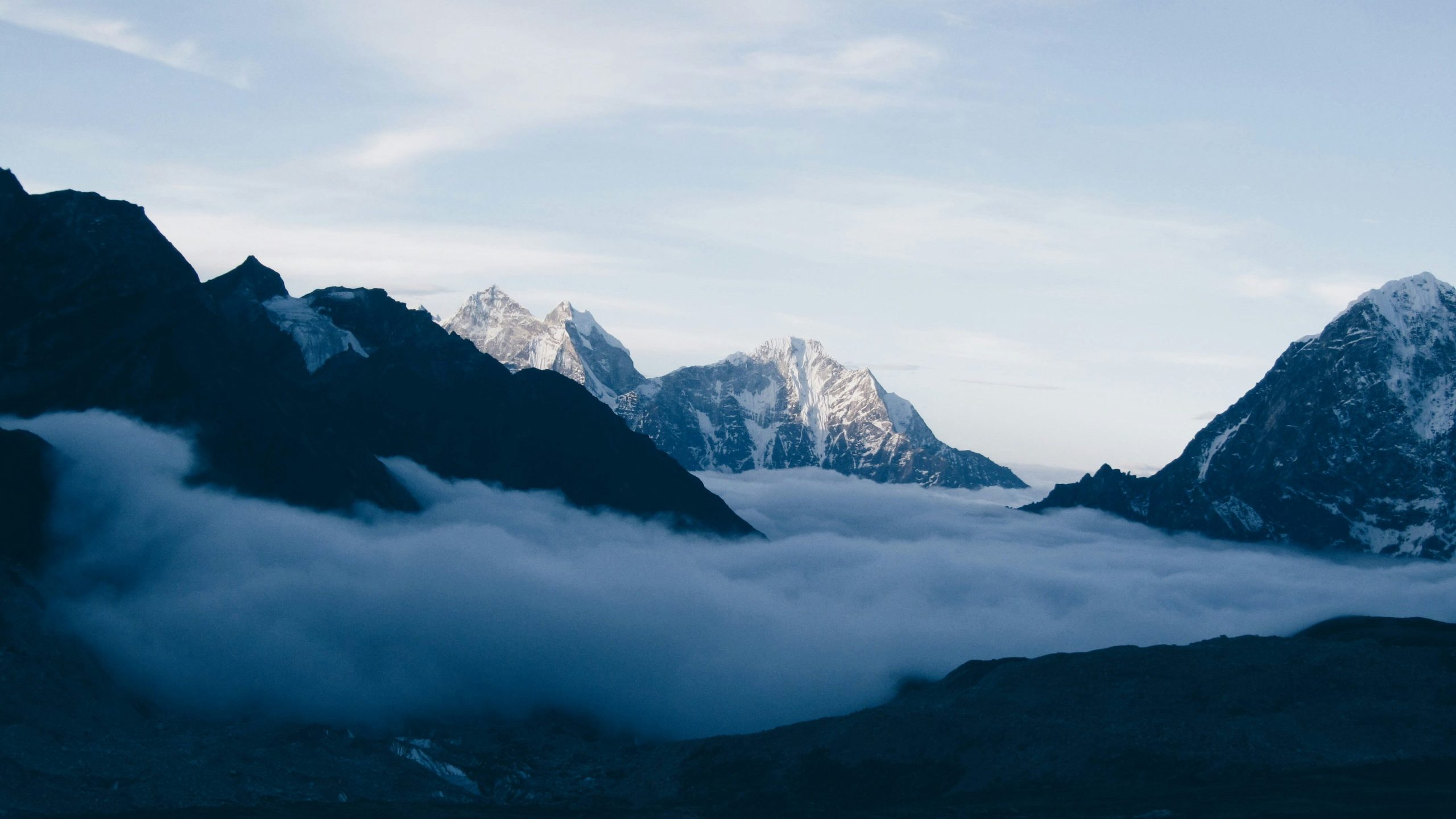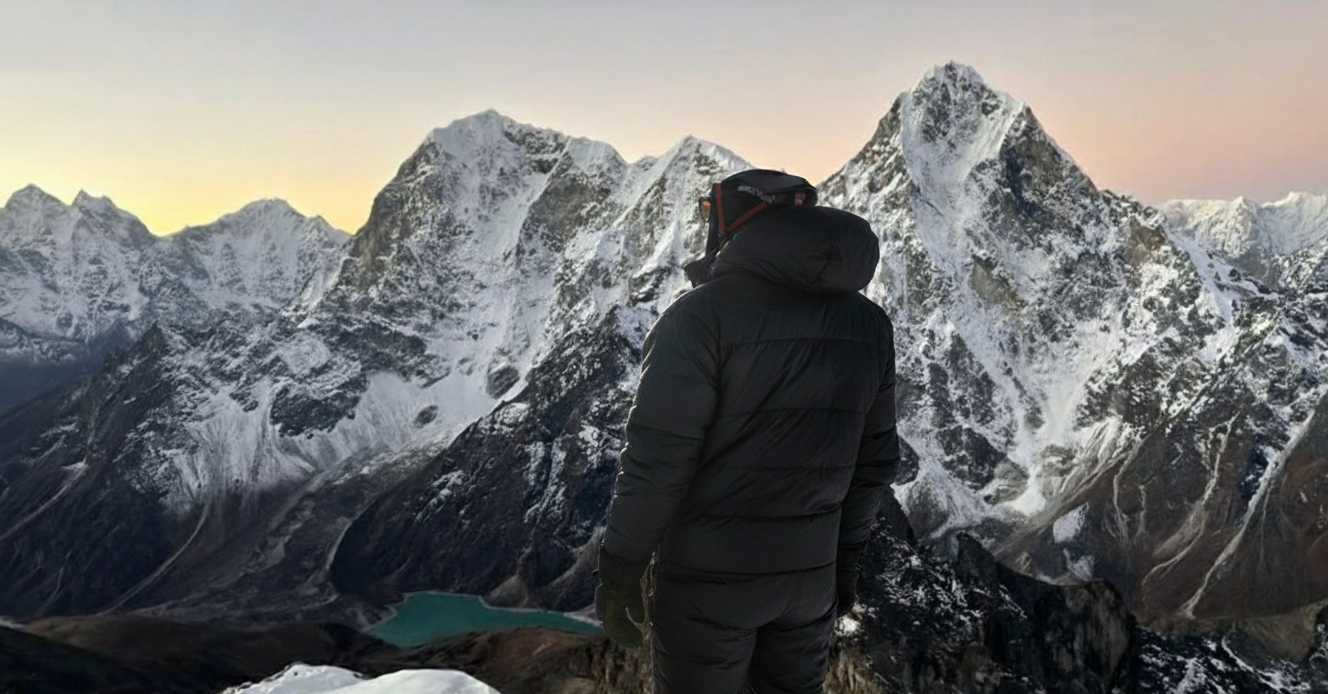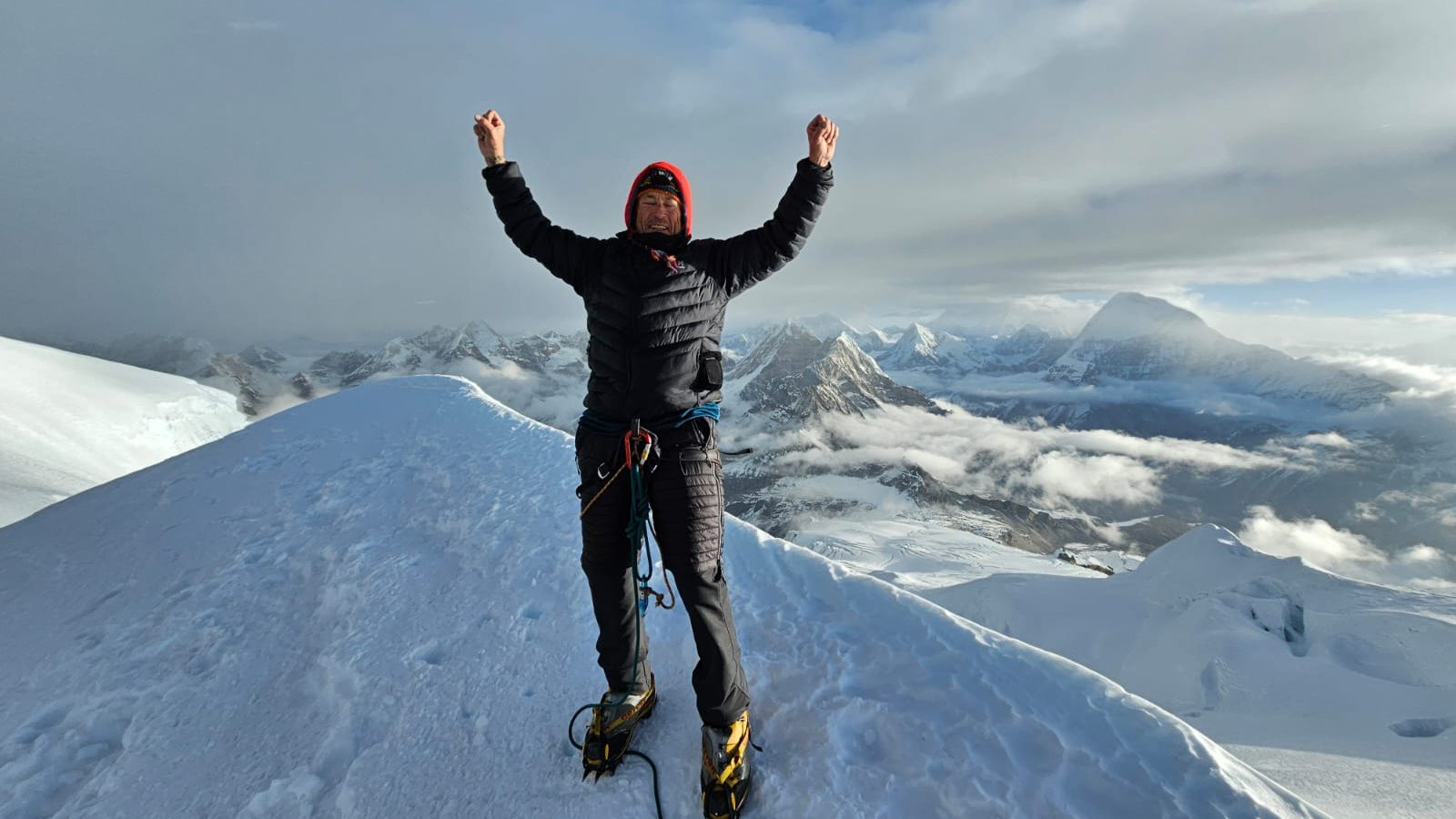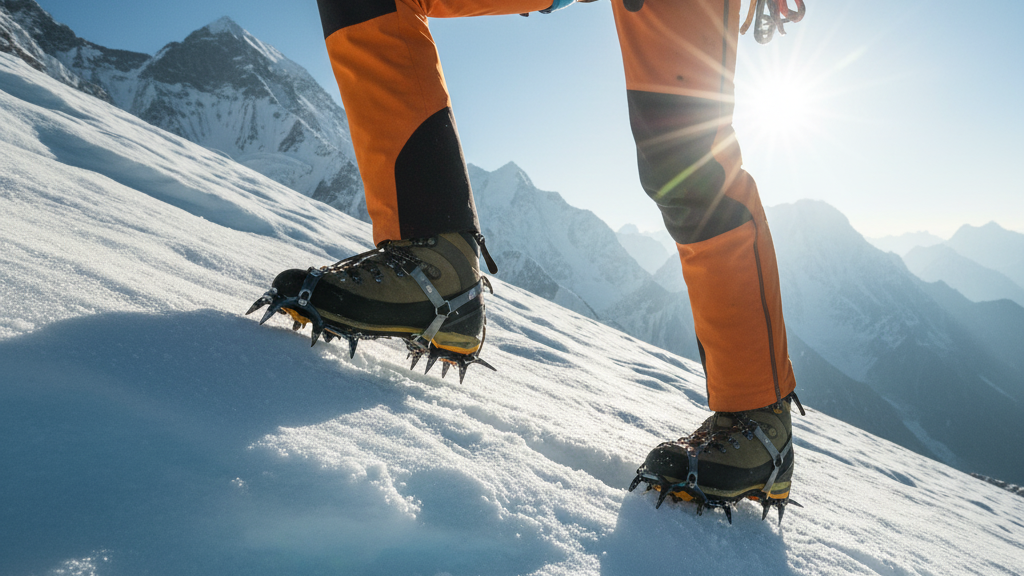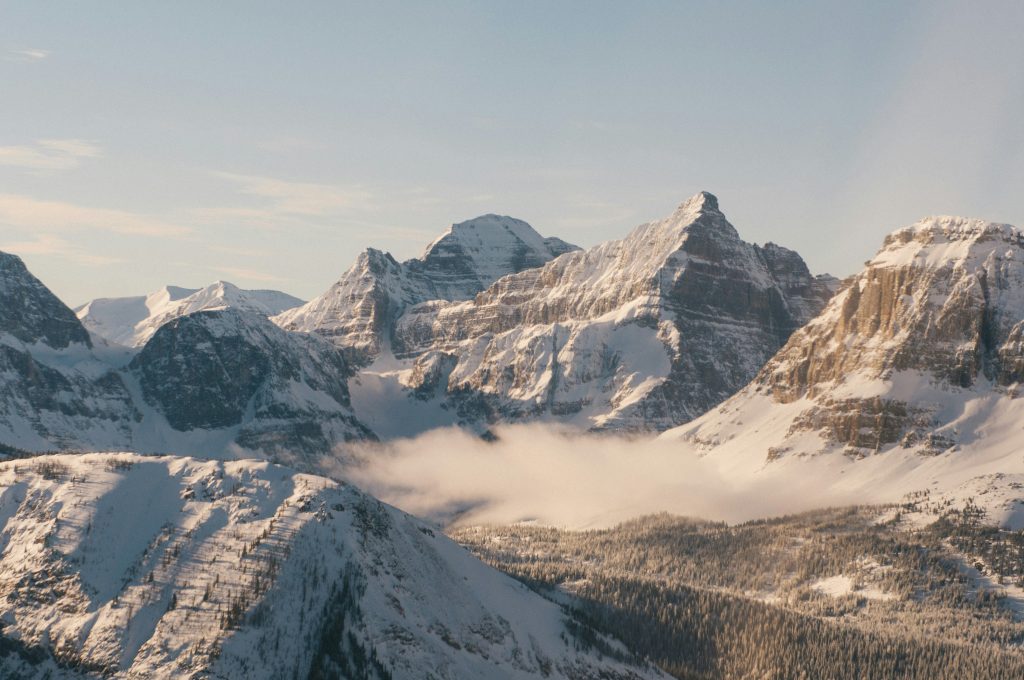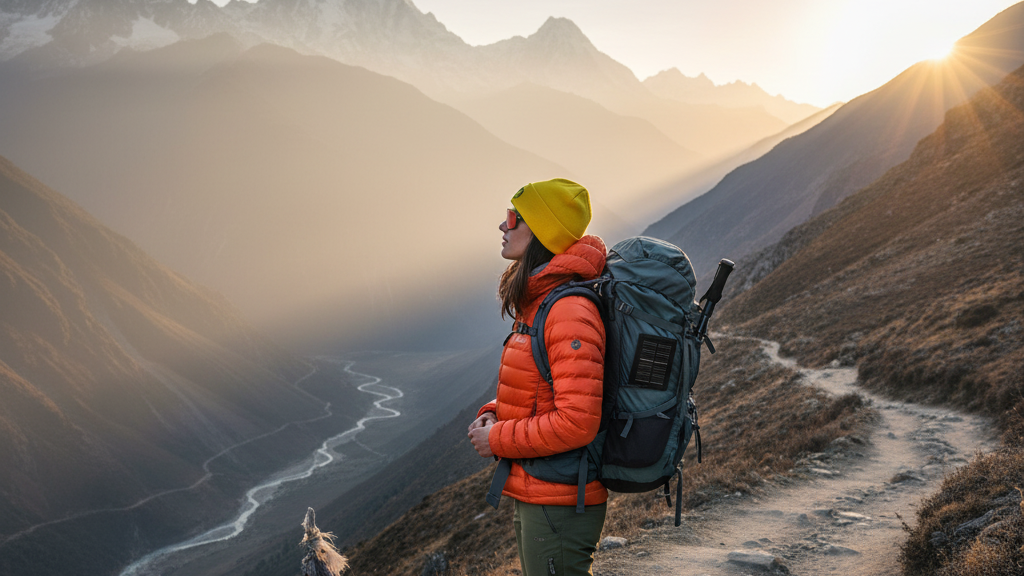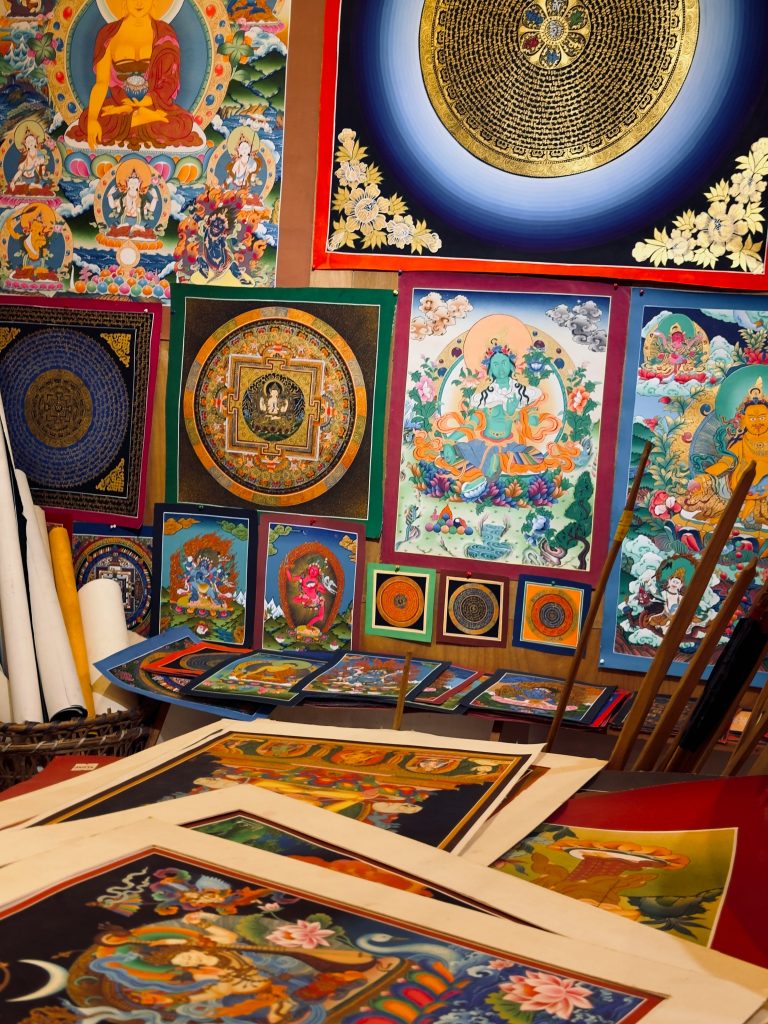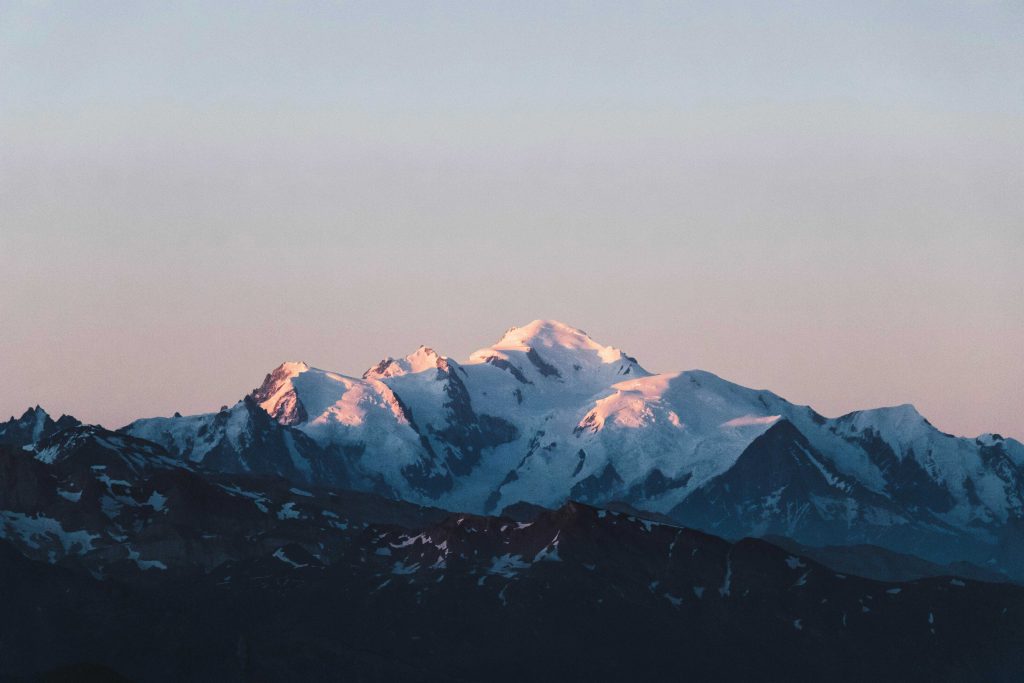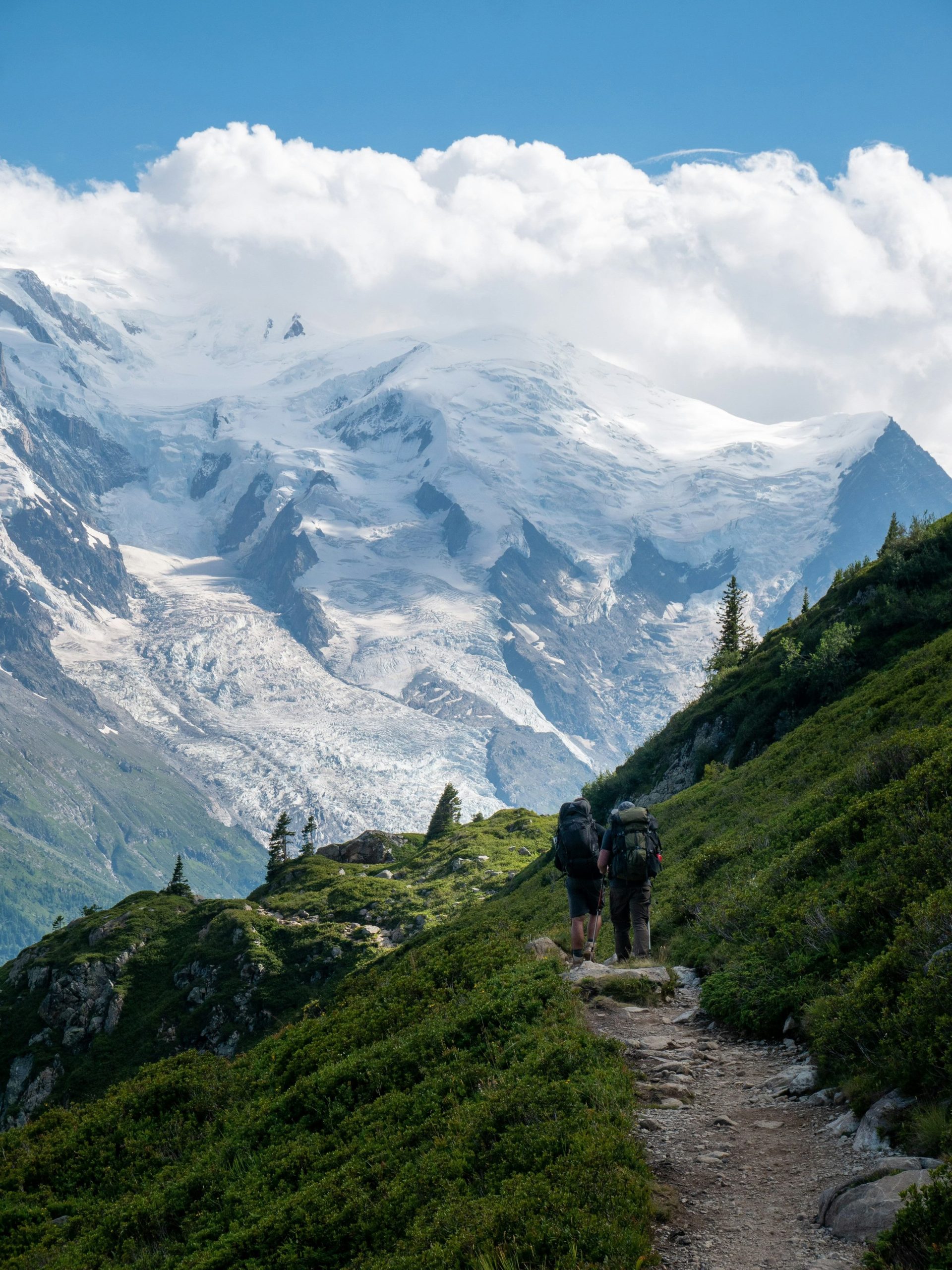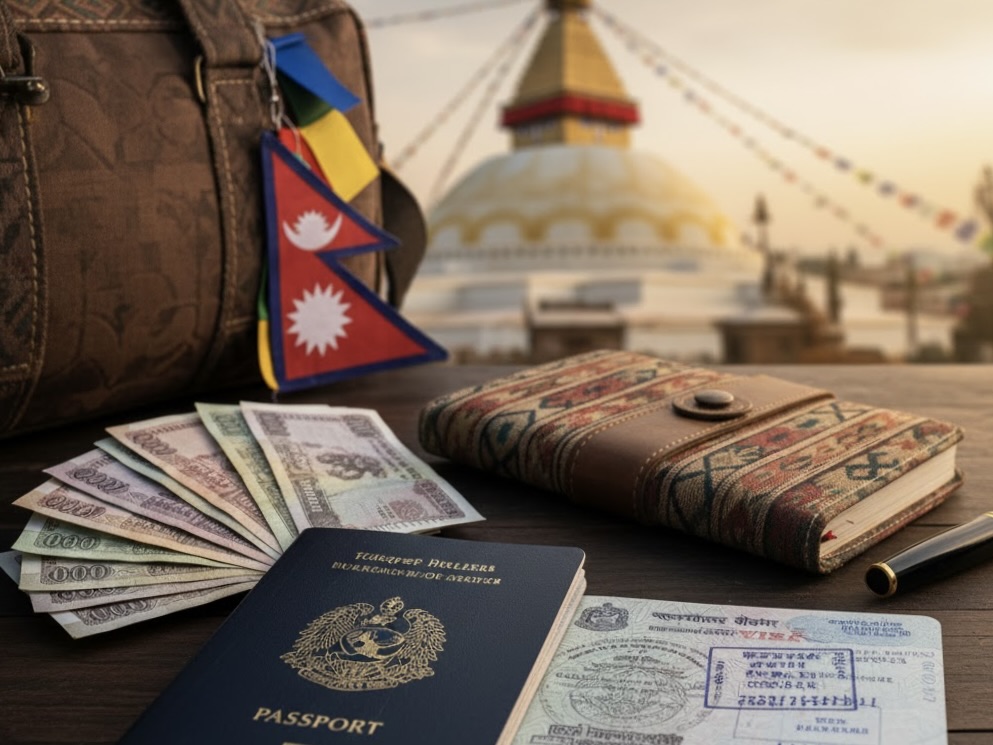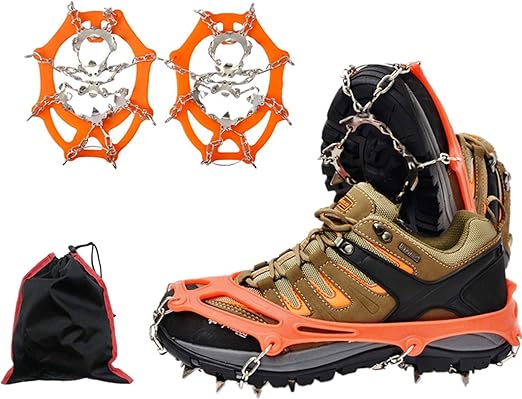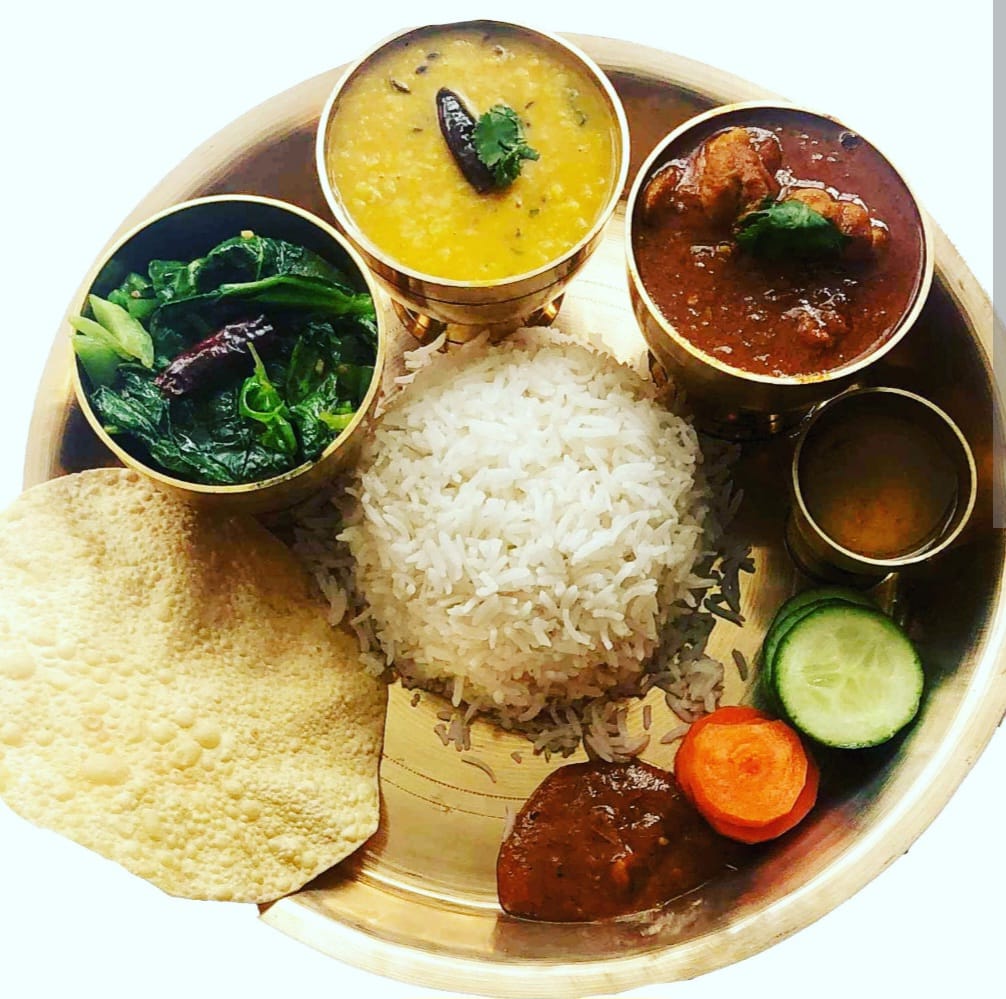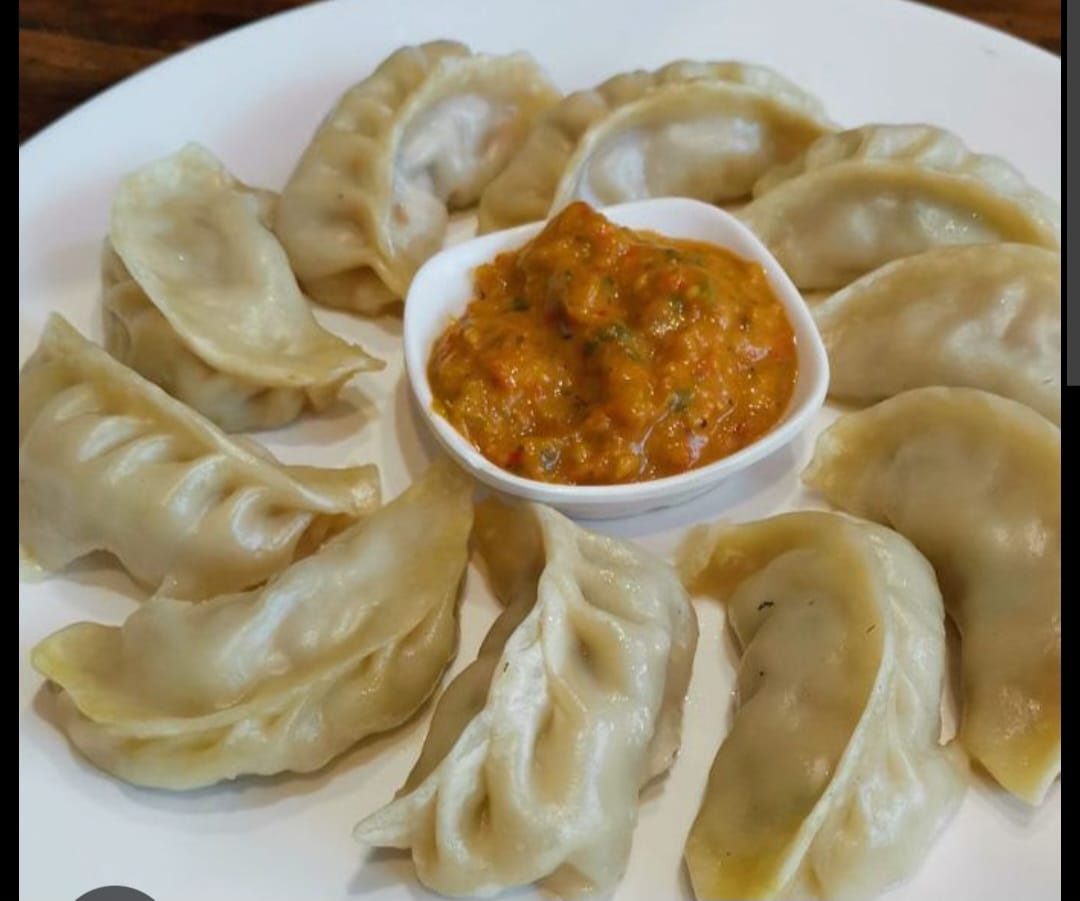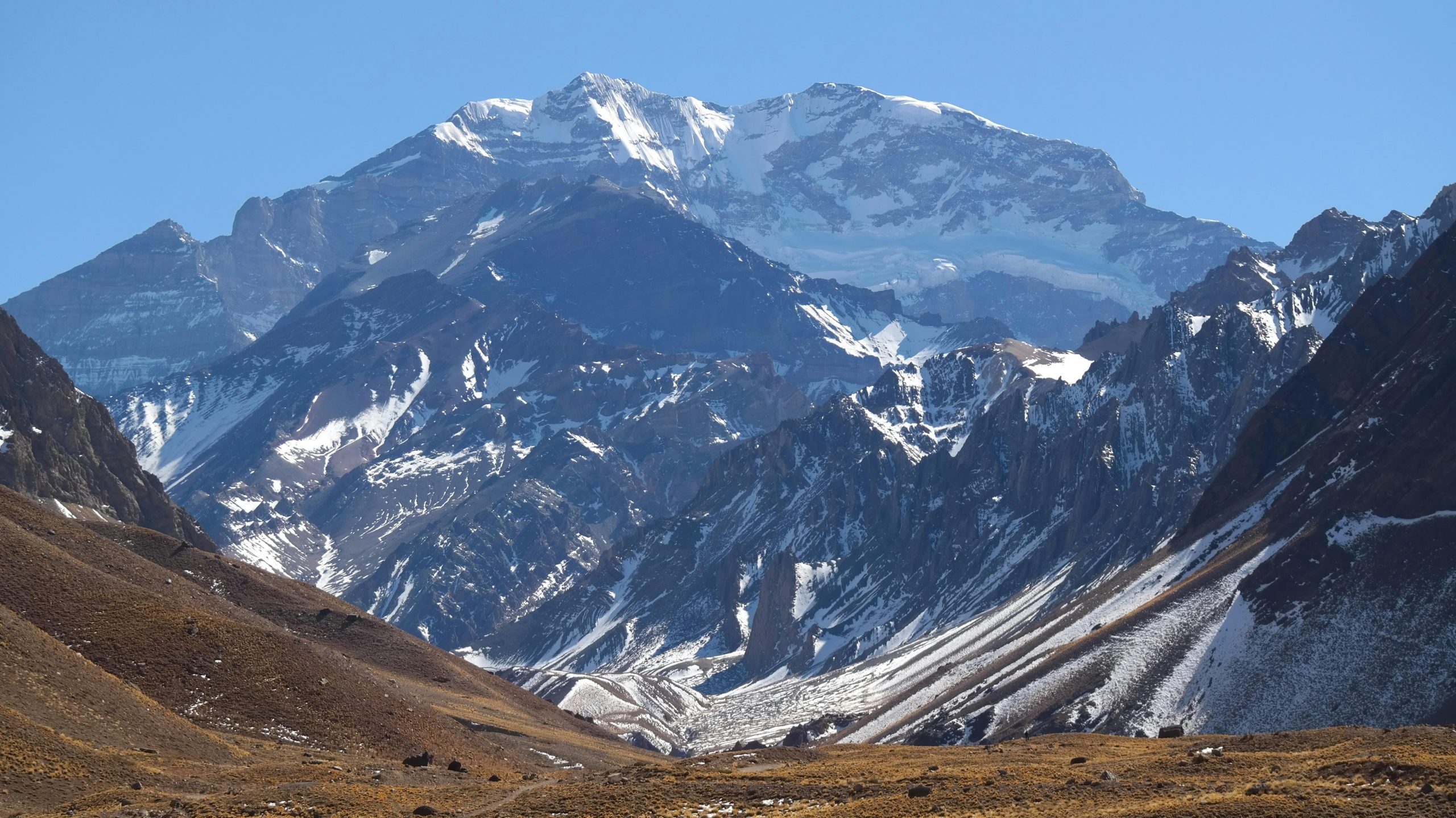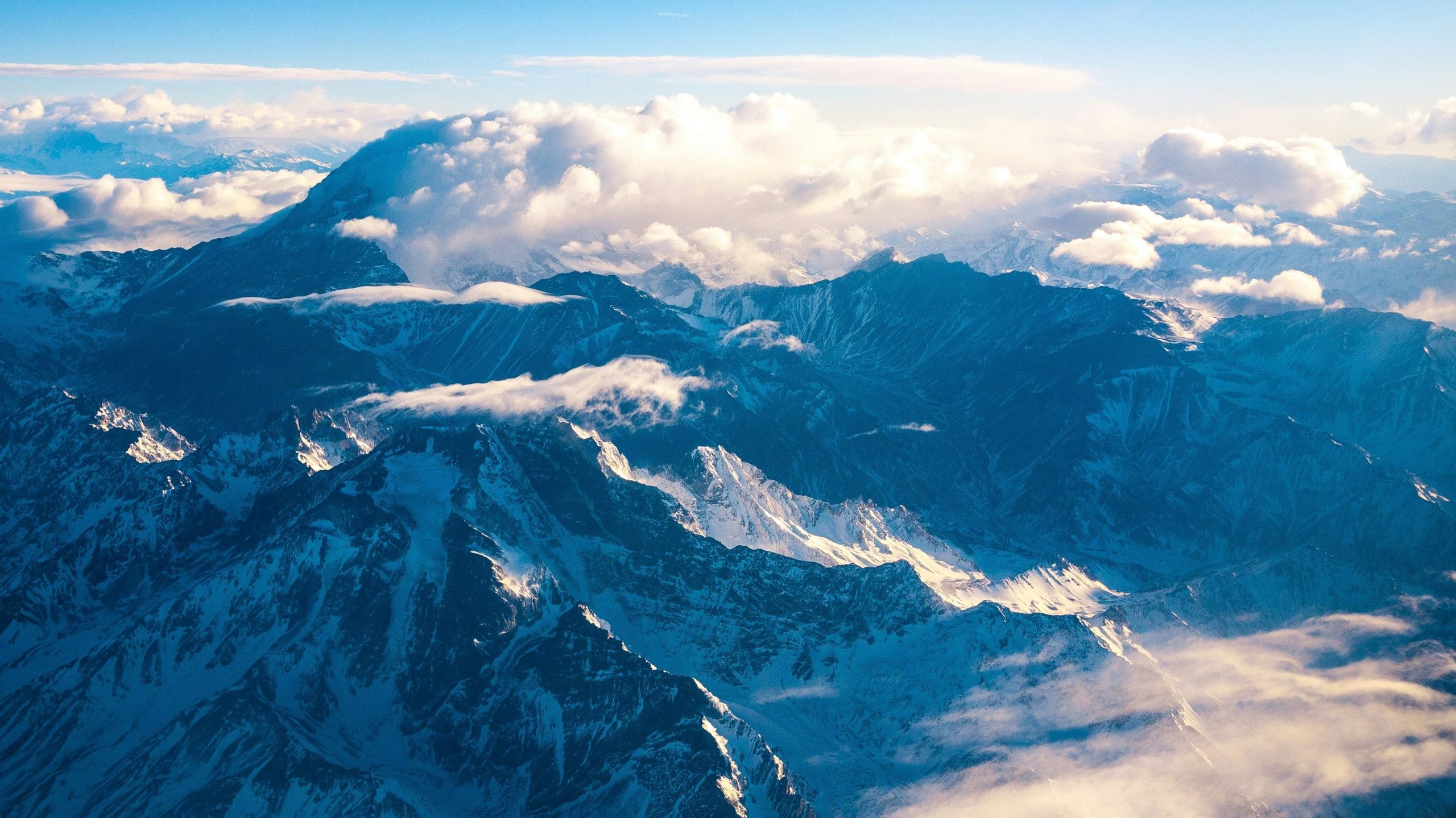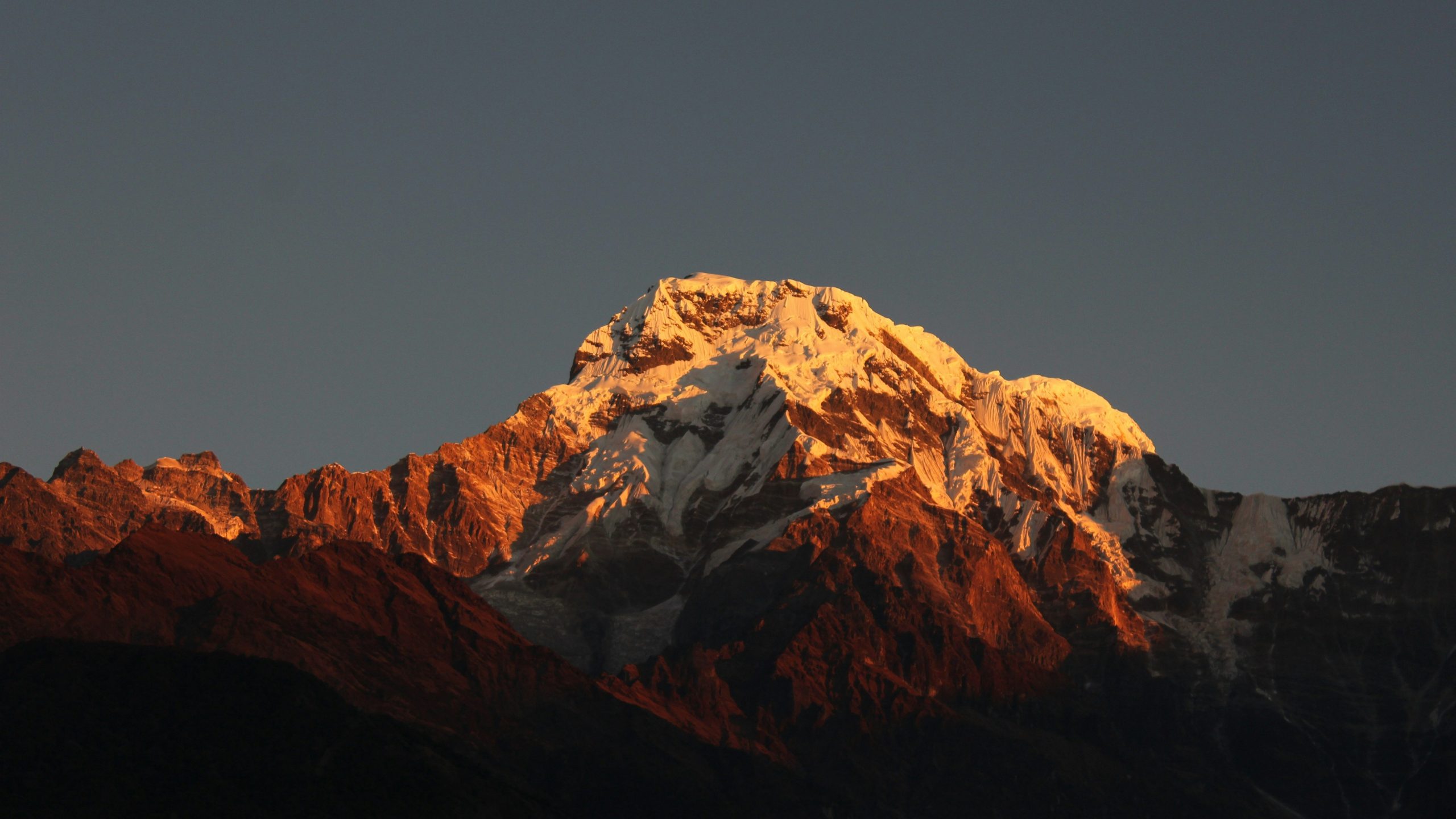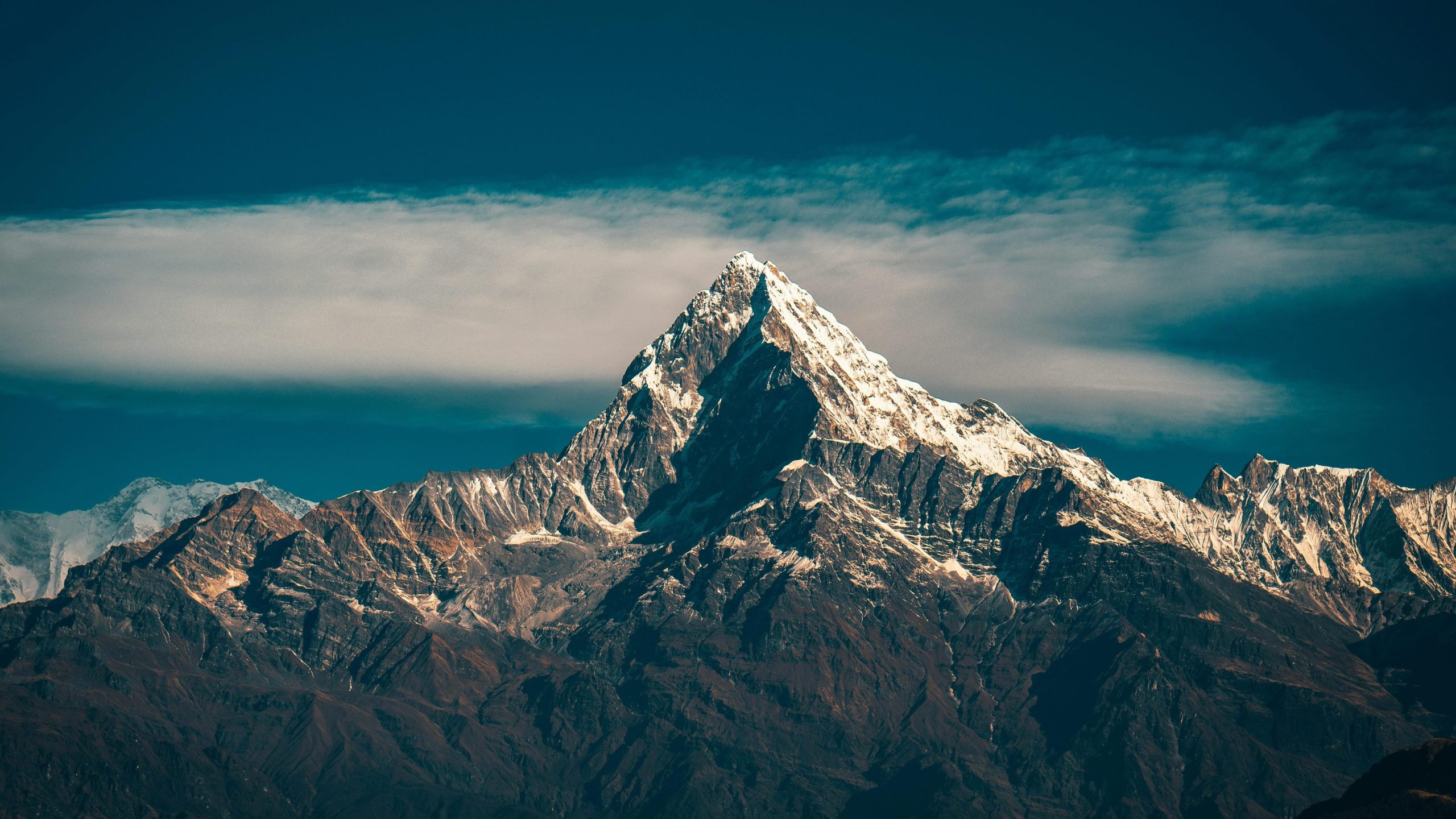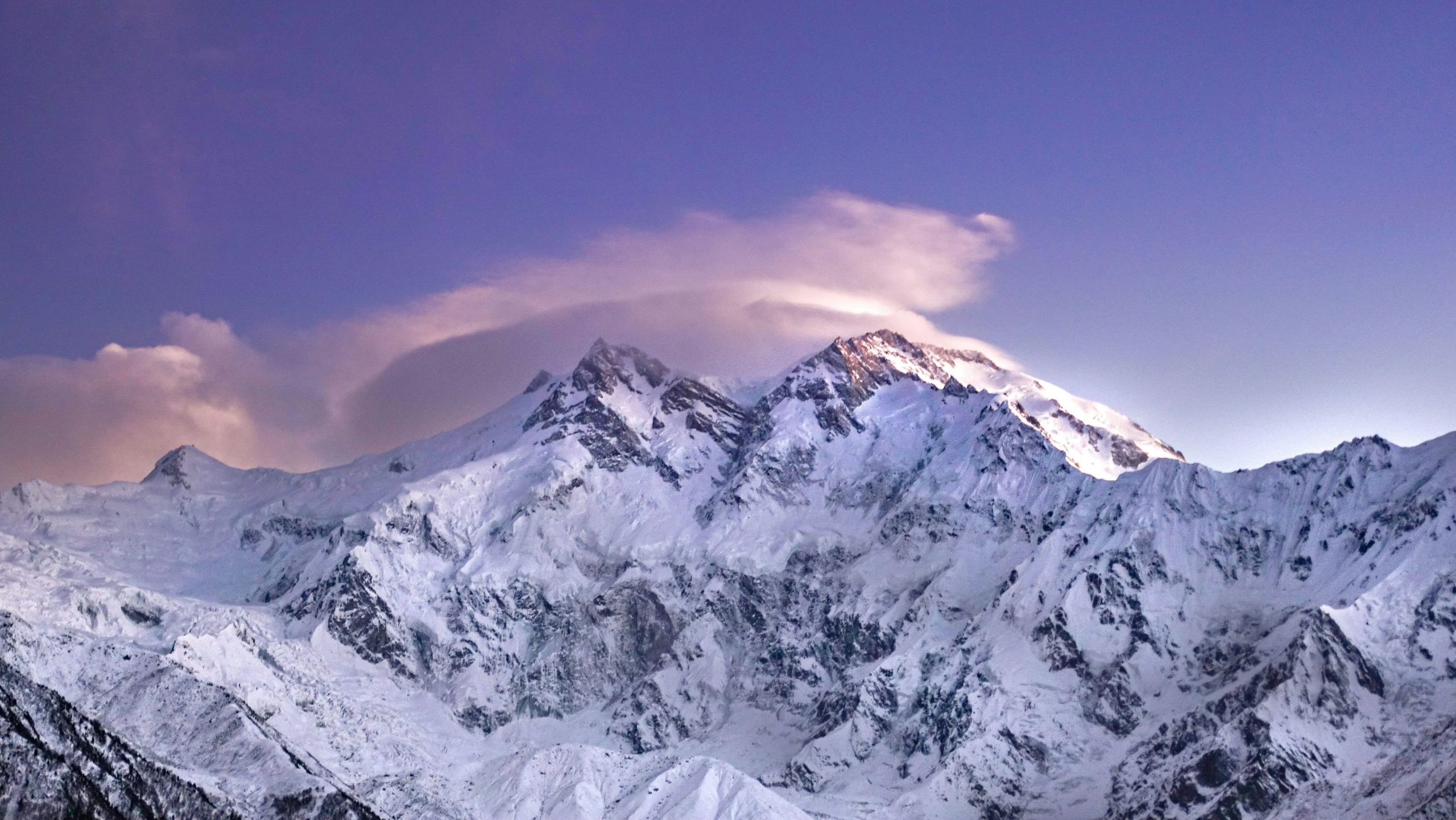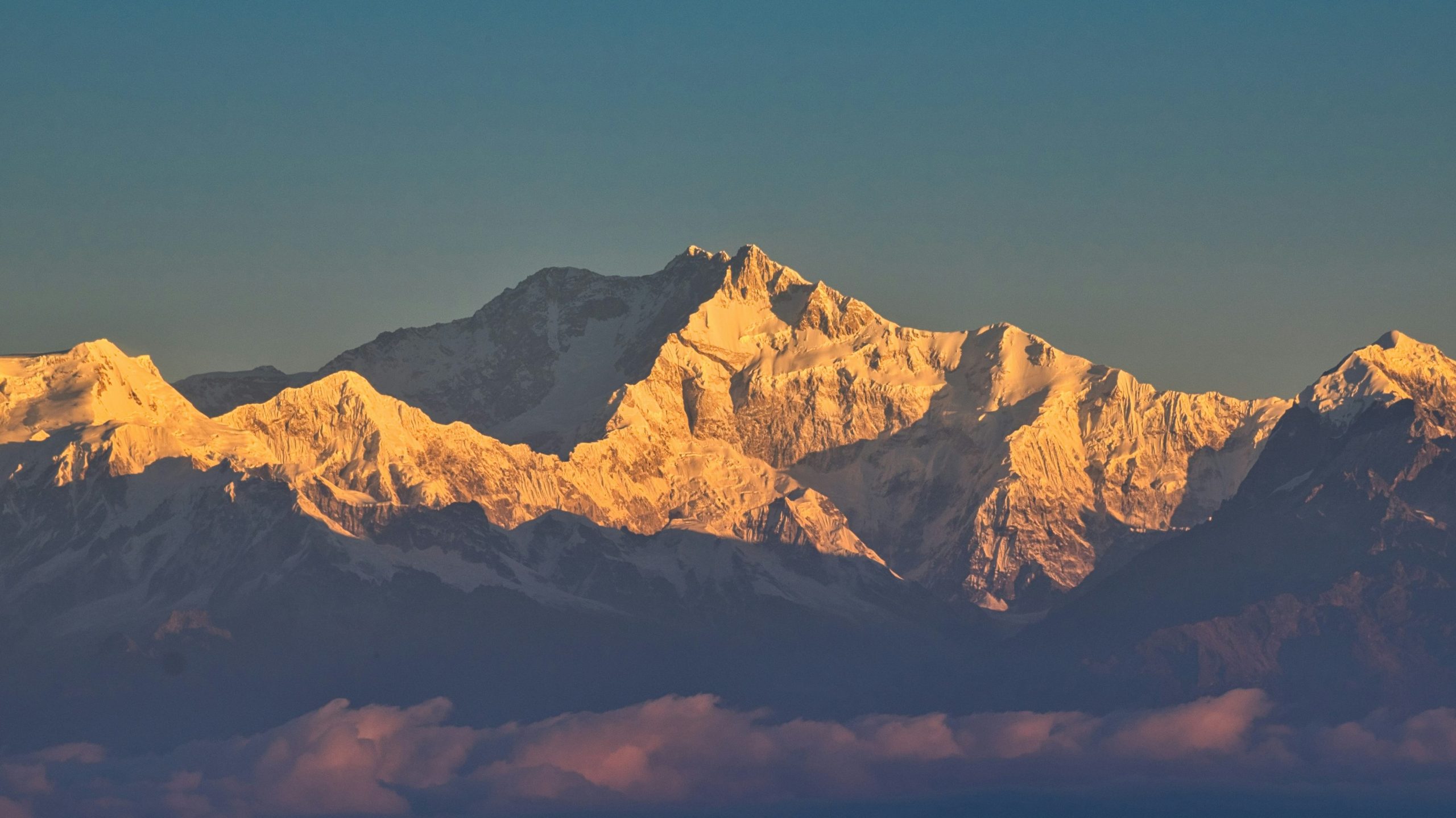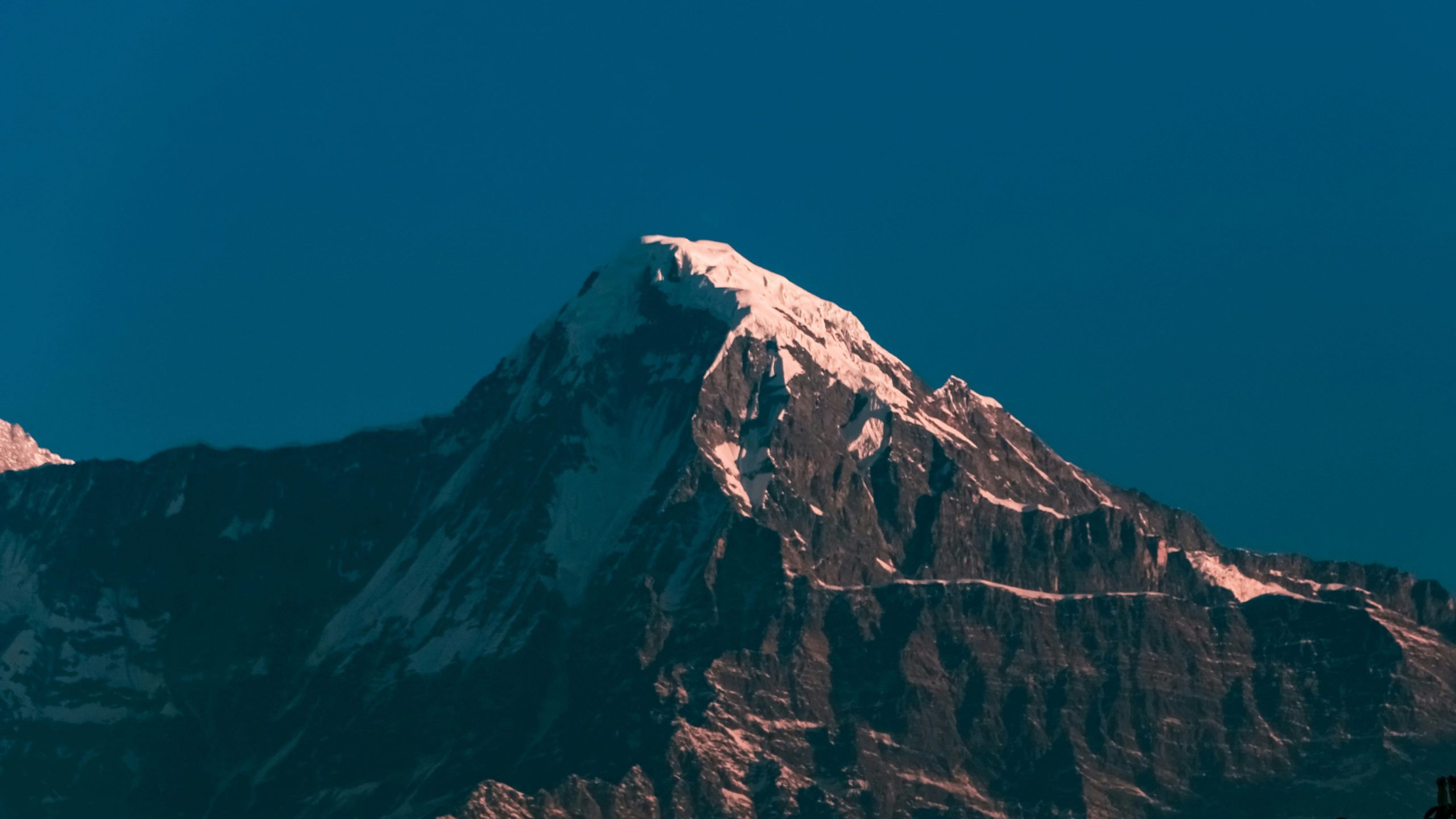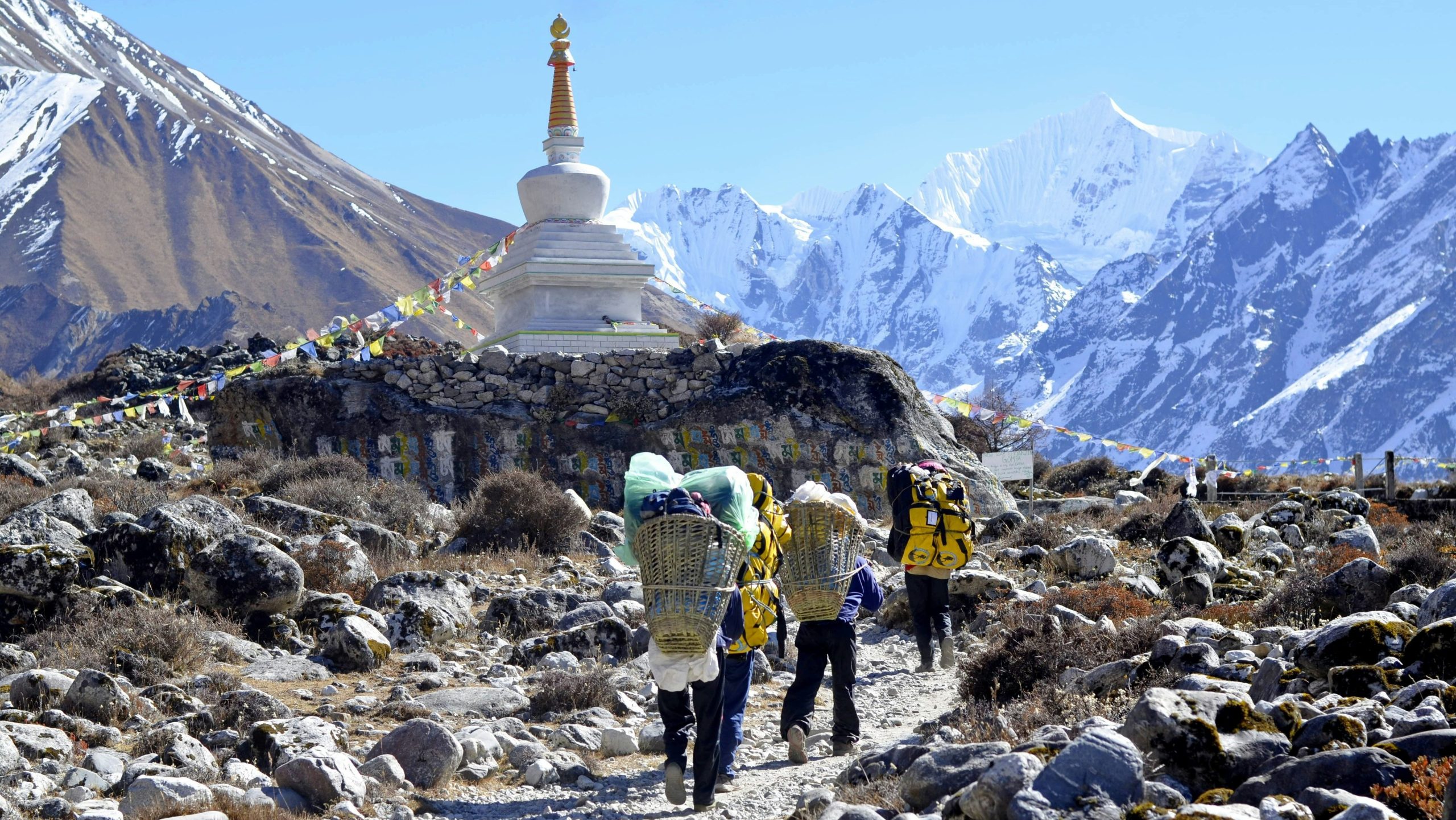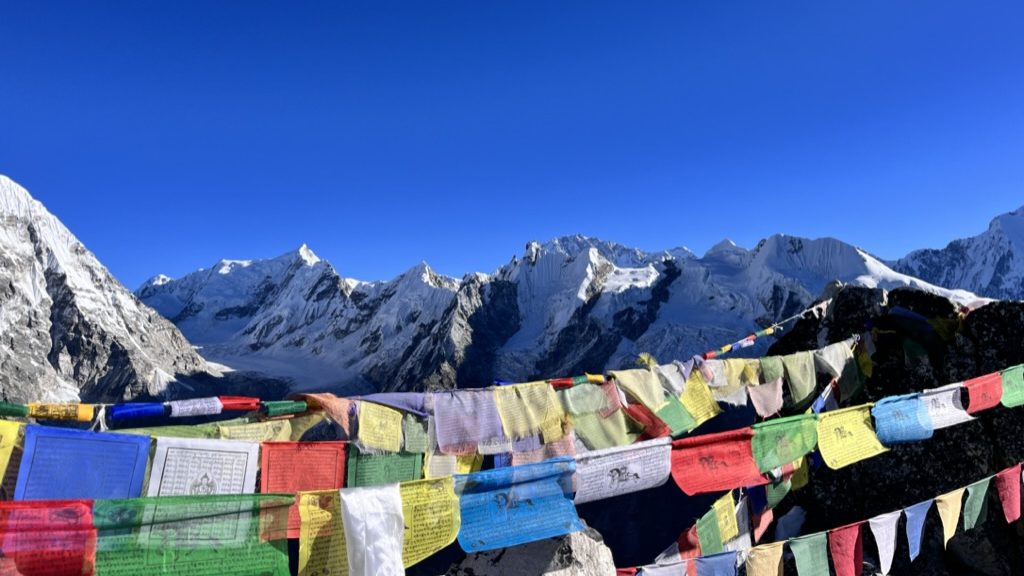Getting to Annapurna Base Camp
Often overshadowed by its Everest cousin, the Annapurna Base Camp trek offers a strikingly different, yet equally profound, Himalayan experience. The journey will take you through lush rhododendron forests, charming Gurung villages, and eventually into a breathtaking natural amphitheater circled by 7,000m and 8,000m peaks. You’ll swap thin, cold air for humid warmth and exposed barrenness for vibrant greenery, all while gaining indelible memories.
Nayapul / Ghandruk (Approx. 1,070m / 2,012m)
Your adventure begins not with a dramatic mountain flight, but with a gentle immersion into Nepal’s mid-hills. Often starting from Nayapul, you’re soon enveloped by terraced rice fields and the sounds of rushing rivers. Many treks quickly ascend to Ghandruk, a picturesque, traditional Gurung village. Here, stone houses cling to hillsides, rhododendron blooms splash vibrant colors, and the first tantalizing glimpses of Annapurna South and Machhapuchhre (Fishtail) peek through, hinting at the giants to come. This initial stretch is a verdant welcome, a gentle easing into trekking life.
Chhomrong (2,170m)
After days of winding through quaint villages and across suspension bridges, the ascent to Chhomrong feels like a significant milestone. Perched on a ridge, this lively village serves as a major gateway to the Annapurna Sanctuary. From its stone-paved paths, you’ll get some of the most iconic, postcard-perfect views of Machhapuchhre’s unmistakable “Fishtail” peak and the towering Annapurna South. It’s a place where trekkers gather, share stories, and prepare for the deeper dive into the heart of the Annapurna range, knowing the true giants now stand sentinel.
Dovan (2,600m) / Himalaya Hotel (2,920m)
Beyond Chhomrong, the trail plunges into a dense bamboo and rhododendron forest, following the Modi Khola river. The air here is often damp and cool, the sounds dominated by the rushing water and chirping birds. Stops like Dovan and Himalaya Hotel offer rustic lodges nestled deep within the valley, providing shelter amidst the thick jungle. It’s a transition zone, where the landscape shifts from cultivated terraces to wild, untamed nature, preparing you for the more alpine environment ahead. The oxygen levels slowly but surely begin to demand more effort.
Deurali (3,200m)
The forest gradually thins as you climb towards Deurali, a small cluster of lodges nestled beneath towering cliffs. The landscape takes on a more dramatic, rugged feel, often with waterfalls cascading down rocky faces. This is where the true sense of being deep within the mountains begins to settle in. Surrounded by vertical rock walls and the persistent roar of the Modi Khola, Deurali offers a stark reminder of the immense scale of the Annapurna massifs, which now completely dominate your view.
Machhapuchhre Base Camp (MBC) (3,700m)
After Deurali, a final push through an even more exposed, rocky terrain brings you to Machhapuchhre Base Camp. While not a true base camp for summiting the sacred Fishtail (it remains unclimbed), it serves as a crucial acclimatization stop and a breathtaking viewpoint. Here, you’re literally surrounded by a ring of colossal peaks – Hiunchuli, Annapurna South, Annapurna I, Gangapurna, and the majestic Machhapuchhre itself. The air is crisp, the silence profound, and the sheer scale of the mountains, looming so close, is utterly humbling. This is where the magic truly begins to reveal itself.
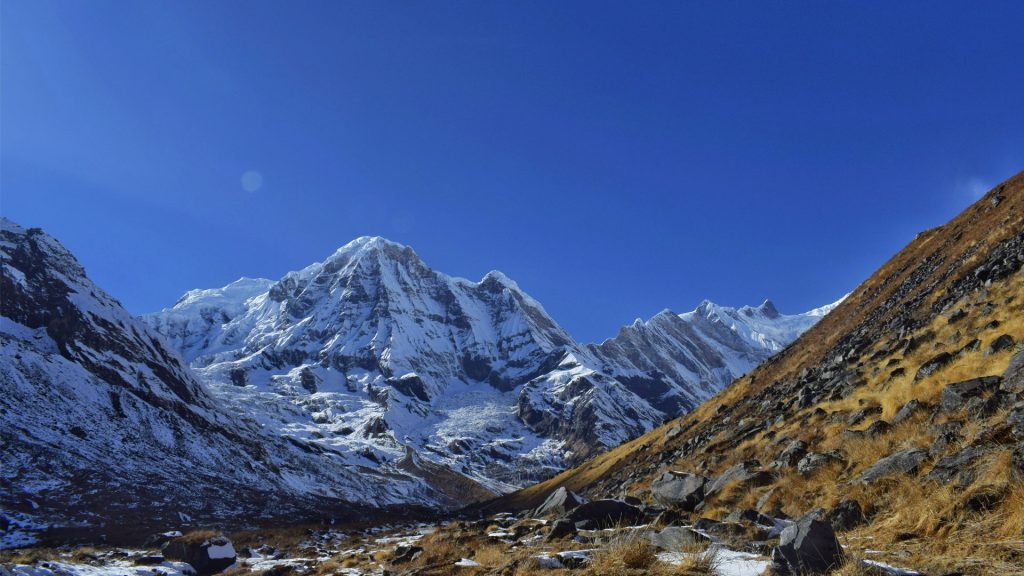
Annapurna Base Camp (ABC) (4,130m)
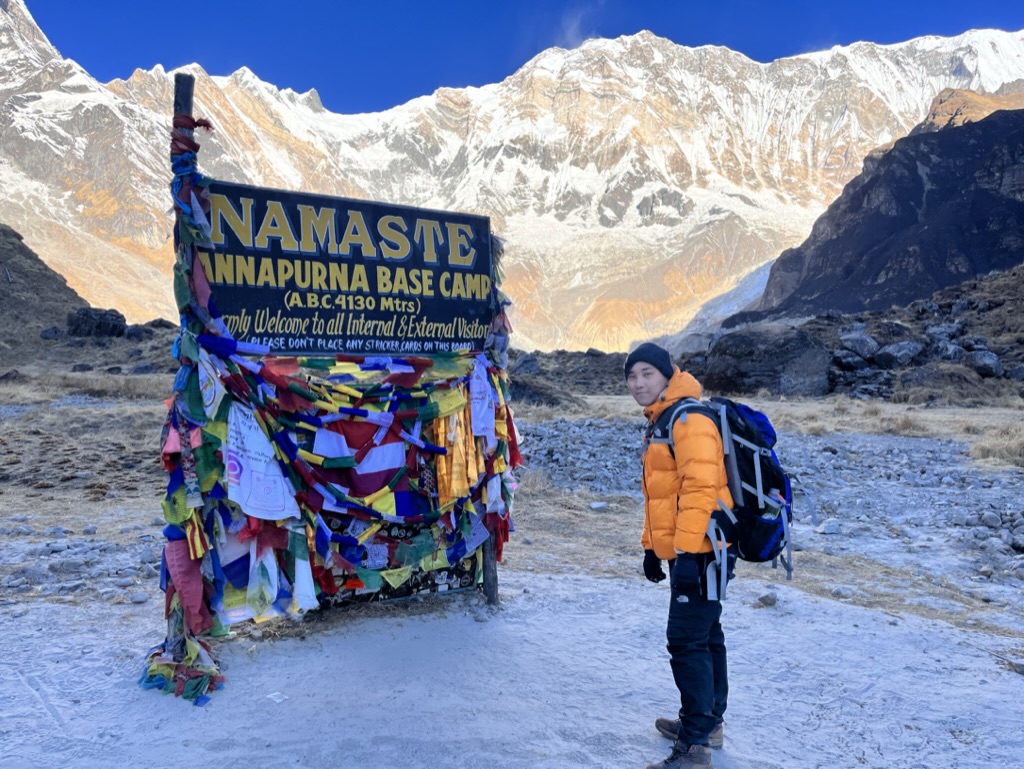
A short, glorious trek from MBC brings you into the ultimate reward: Annapurna Base Camp, nestled within the magnificent Annapurna Sanctuary. Here, if you’re lucky, you’ll get an unmatched view encircled by some of the world’s most formidable peaks:
- Annapurna I (8,091m)
- Annapurna South, Hiunchuli
- Gandharva Chuli
- Tent Peak
- Gangapurna
- The sacred Machhapuchhre form a breathtaking 360-degree panorama.
Here, you’re standing at the foot of an 8,000-meter peak, yet the feeling is one of serene enclosure, not stark exposure. Sunrise paints the snow-capped giants in hues of gold and orange, a spectacle that etches itself into your soul. The energy is one of profound peace and immense wonder. It’s a spiritual communion with the mountains where you feel tiny yet utterly connected to something ancient and grand.
The Trek Back
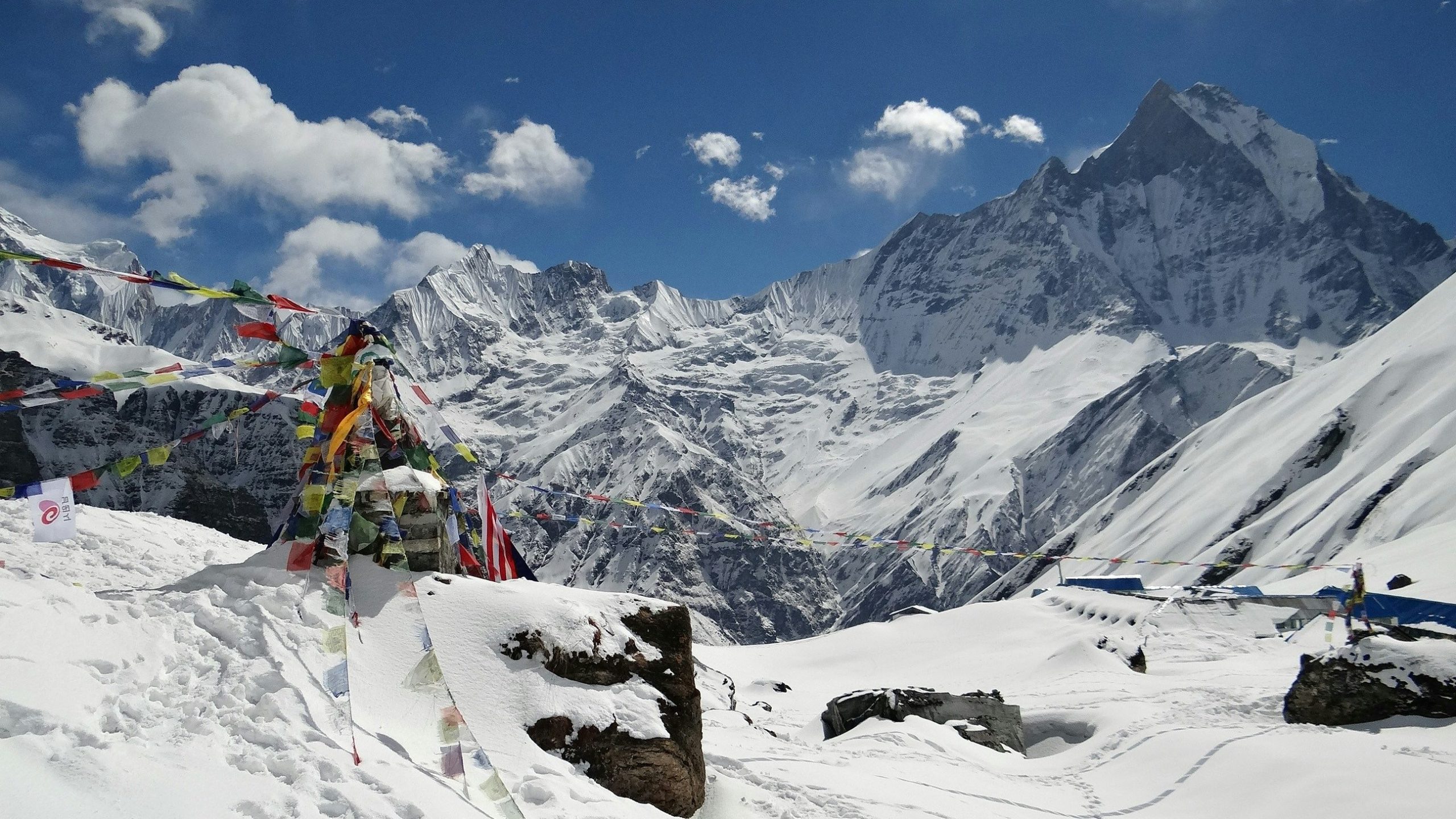
Having absorbed the majesty of the Annapurna Sanctuary, the journey back often feels more relaxed, a celebratory descent. The gradual loss of altitude brings back a hearty appetite and a spring to your step. You’ll retrace your path through familiar villages, seeing them with fresh eyes, and savoring the greenery and warmth that felt so normal just days before. Commend your fortitude and resilience, for you’ve not only trekked to a base camp but stepped into the very heart of the mountains.
Annapurna Base Camp is an intimate encounter with the Himalayas, a trek that weaves through cultural tapestry and verdant wilderness before culminating in an almost surreal mountain embrace. And that, in a nutshell, is why it’s more than just a destination. It’s a profound journey of discovery, both external and internal.
